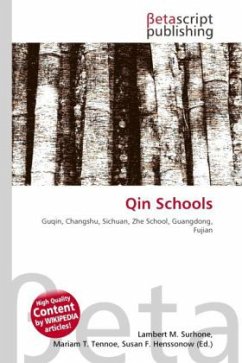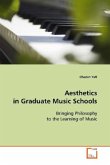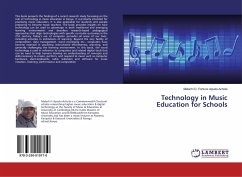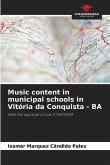High Quality Content by WIKIPEDIA articles! A qin school is a school of guqin players that play in a style that is different from other styles. People often talk about regional styles because such a model simplifies things and because it is still somewhat applicable, though less so now than 100 years ago. Generally guqin is highly individualistic so players' approaches will be very personal. Today the three main centers of guqin are Beijing, the Jiangnan area (lower Yangtze valley, including Shanghai) and Sichuan (especially Chengdu). Most major masters as of the 1950s were located in Beijing or Jiangnan; before that, they had been more concentrated in Jiangnan. For instance, Zha Fuxi and Wu Jinglüe spent many years living and teaching in Jiangnan before being relocated to Beijing for official duties. "Regional styles" as of 50-60 years ago would be rather different from "regional styles" in the present day, owing to the importance of a few masters and the conservatories in Beijing and Shanghai. Presently, given the strength of the conservatory system, "northern and southern conservatory styles" probably deserve their own status, separate from the older regional styles.
Bitte wählen Sie Ihr Anliegen aus.
Rechnungen
Retourenschein anfordern
Bestellstatus
Storno








